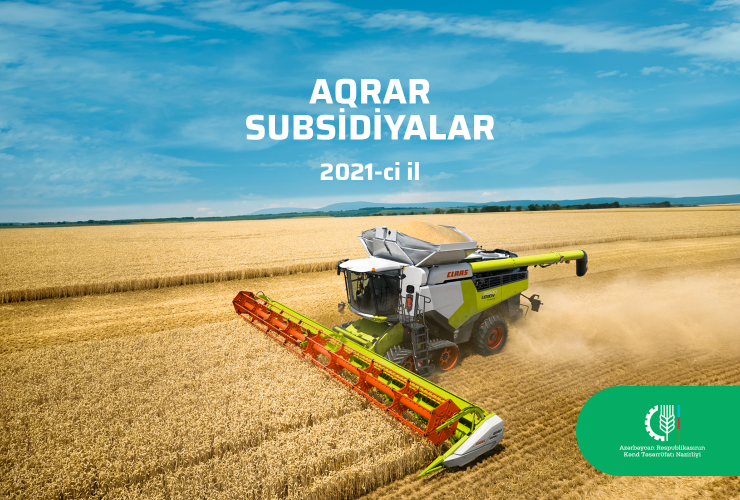
Agricultural productivity (gross farm output per person employed) was well below that of the other West European countries in 1985, at half of the levels in Greece and Spain and a quarter of the EC average.

Portugal's overall agricultural performance was unfavorable when viewed in the context of the country's natural resources and climatic conditions. Portugal's agro-food deficit (attributable mainly to grain, oilseed, and meat imports) represented about 2.5 percent of GDP, but its surplus on forestry products (wood, cork, and paper pulp) offset its food deficit. With the principal exception of the alluvial soils of the Tagus River valley and the irrigated sections of the Alentejo, crop yields and animal productivity remained well below those of the other European Community (EC) members. Most of Portugal's farms have a small area devoted to a diversified intensive farming, like these in the Oeste Subregion.Īgriculture, forestry, and fishing employed 17.8 percent of Portugal's labor force but accounted for only 6.2 percent of GDP in 1990. The land area of slightly more than 9.2 million hectares was classified as follows (in thousands of hectares): 2,755 arable land and permanent crops (including 710 in permanent crops), 530 permanent pasture, 3,640 forest and woodland, and 2,270 other land. The country is also one of the world's largest exporters of wine, being reputed for its fine wines. Portugal is among the top ten largest olive oil producers in the world and is the fourth biggest exporter. Portugal is the largest world producer of both cork and carob, as well as the third largest exporter of chestnut and the third largest European producer of pulp.

In 2013, the gross agricultural product accounted for 2.4% of the GDP. Forestry has also played an important economic role among the rural communities and industry (namely the paper industry that includes Portucel Soporcel Group, the engineered wood industry that includes Sonae Indústria, and the furniture industry that includes several manufacturing plants in and around Paços de Ferreira, the core of Portugal's major industrial operations of IKEA). Portugal produces a wide variety of products, including green vegetables, rice, corn, wheat, barley, olives, oilseeds, nuts, cherries, bilberry, table grapes and edible mushrooms. The extent of cooperative organisation has been reaching a greater importance with globalization. Portugal has about 530 thousand hectares of permanent pasture, including this pasture in the Alentejo Litoral subregion.Īgriculture in Portugal is based on small to medium-sized family-owned dispersed units however, the sector also includes larger-scale intensive farming export-oriented agrobusinesses backed by companies (like Grupo RAR's Vitacress, Sovena, Lactogal, Vale da Rosa, Companhia das Lezírias and Valouro).


 0 kommentar(er)
0 kommentar(er)
